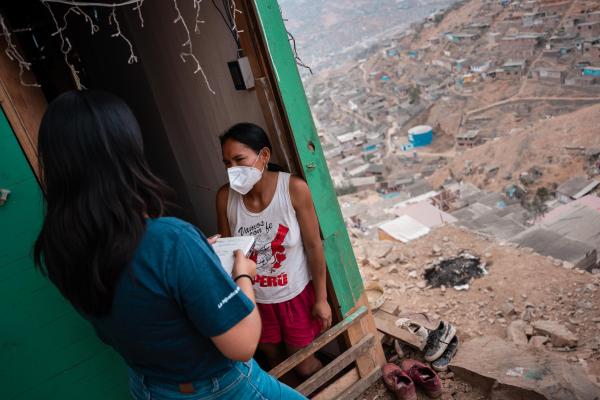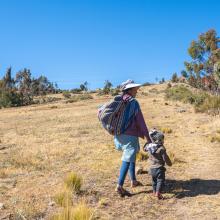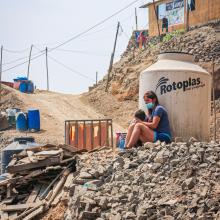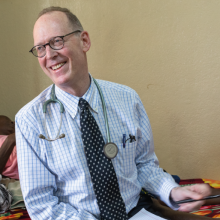Socios En Salud (SES) has decided to address climate change as a cross-cutting challenge that affects public health and people’s quality of life. Therefore, it has been taking lines of action to incorporate it as a strategic priority in its programs and projects, with the aim of mitigating its impact and strengthening the resilience of the most vulnerable communities.
“A year and a half ago, I had the opportunity to work with some members of Partners In Health to do a baseline study exploring the issue of climate change, an important public health issue, but new to many people,” says Dr. Sonya Shin, associate professor at Harvard Medical School and physician associate in the Division of Global Health at Brigham and Women’s Hospital.
This first experience, carried out in the districts of Carabayllo (Lima) and Maras (Cusco) was fundamental in identifying the main needs and risks faced by vulnerable communities in Peru in the face of climate change. In addition, it opened ways to incorporate it as a central axis in SES programs.
“We believe that climate change is an issue on which action must be taken,” says Daniela Puma, head of SES’s Program Management Department.
She says that the serious consequences arising from rising temperatures have become especially critical when considering the social determinants in the country and the communities with which SES works, as they have fewer resources to address these problems. “We cannot turn our backs on climate change, but do our part to know how to address it,” he says.
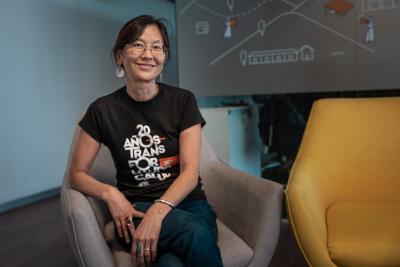
La Dra. Sonya Shin, profesora asociada de la Facultad de Medicina de Harvard y médico asociada a la División de Salud Global del Brigham and Women’s Hospital, lideró una reciente investigación sobre el impacto del cambio climático en Carabayllo y Huaycán.
Foto de Julio López / SES
Community engagement: the key to success
As a first step in implementing climate change in its strategic agenda, SES has prioritized community engagement. This involves involving local leaders, community health agents, families, among others, in identifying risks and solutions adapted to their realities.
Last January, Dr. Sonya Shin, whose link with SES dates back to her first volunteer experience more than 25 years ago, visited Lima along with three Harvard master’s students to lead a study on the impact of climate change in the district of Carabayllo and the community of Huaycán, located north and east of Lima, respectively.
“We are conducting a community assessment to see the various perspectives on climate change held by families, community members, leaders, community agents, health professionals and also Socios En Salud staff themselves,” explains Dr. Shin. With this baseline, a strategic plan aligned with the formats used by other SES programs can be developed.
A concrete example of this approach is the water insecurity analysis conducted in Carabayllo and Maras. SES worked with local communities to identify solutions that not only address the lack of access to clean water, but also promote sustainable resource management. These experiences will serve as a model to replicate in other areas of the country.
“SES interventions are successful to the extent that the community participates. We cannot participate or make an intervention without them knowing about it. We need to know from their point of view what needs they have, what strategies they propose and how they intend SES to address it. This helps us to have greater acceptability of the interventions and greater sustainability in the future,” says Puma.
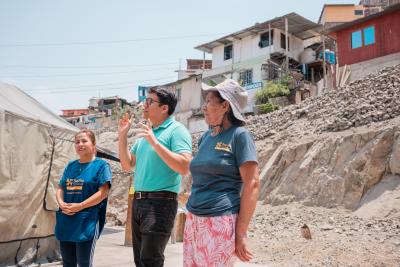
Las alianzas con las comunidades resultan fundamentales para identificar riesgos y soluciones frente al cambio climático que estén adaptadas a sus realidades
Foto de SES
Education and partnerships: building resilience
Education and awareness-raising to face the challenges of climate change are just as key as community participation. Lack of information on how climate events affect public health limits the ability of communities to respond to them.
“Many people perceive changes in climate, but do not associate them with impacts on their health,” explains Dr. Shin. “Raising awareness of issues such as water conservation or heat wave preparedness will be a key first step,” she adds.
Thus, one of the projections is to foster interdisciplinary partnerships to address complex problems such as water scarcity and heat waves. These collaborations will enable a structured and sustainable response that benefits those who need it most.
In addition, to ensure that this new strategic line is effective, SES is developing a system of indicators to assess its impact on public health and communities. According to Puma, “The indicators will help us measure how climate change affects our programs and design effective solutions.”
The implementation of this strategy is only the beginning of a long-term path to address climate change. SES seeks not only to mitigate its effects, but also to prepare communities to adapt to the inevitable changes in their environment.
If you would like to receive more information about our activities, subscribe here. Join our health movement!
.
